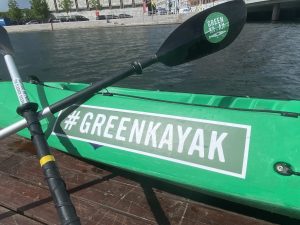
The crystal-like water is glistening before me as I anxiously await on a wooden dock for a kayak tour in Copenhagen Harbour.
The time is 1:55 in the afternoon. I arrive at my check-in point just in the knick of time to run a last-minute checklist in my head.
Life jacket? Check. Paddles? Check. Kayak? Check.
Litter picker and bucket? Double check.
These are unusual accessories to carry along on a kayak ride, but the reasoning for doing so is far from ordinary. You get a free kayak ride out of it courtesy of the Copenhagen-based nonprofit organization GreenKayak.
The gist? You have to collect trash floating in the canals.
“The whole idea here is to remove trash from the water, but also to engage people in the fight of ocean pollution,” said Tobias Weber-Anderson, founder of GreenKayak.
Why It’s Newsworthy: GreenKayak’s mission to clean Europe’s canals, rivers and lakes aims to address the increasing global challenges relating to ocean pollution.
As I am standing on the edge of the water waiting for my kayak to pick me up, I mumble under my breath: “there is no way I am going to find any trash in these clean waterways.” All I heard prior to my arrival in Copenhagen was how the water was so clean you could drink it.
A glowing green kayak pulls to shore signaling the start of my two-hour adventure. I can’t help but feel slightly apprehensive. My below-average sense of direction and lack of coordination is nowhere near prepared for this activity. With this in the back of my head, it still didn’t stop from plopping down in the front seat of the kayak.
I confidently toss the map with our directions to my paddle partner behind me, and we paddle off into the open sea.

Making a Splash
“Don’t run into the bridge,” says Sarah, as she attempts from behind to guide me underneath the Christian IV bridge.
Spoiler alert — we ran into the bridge.
Our litter bucket placed in the middle of us looked sad as 10 minutes passed with no trash to be found.
But, as we were making our first turn at the corner of Paper Island, we heard a roar of laughter from behind. A tour boat was approaching us.
As we struggled to move out of the way, we couldn’t help but laugh at ourselves. The tourists continued to laugh as it was evident Sarah and I were not on the struggle bus but the struggle kayak.
But, while collecting ourselves, we spied with our eyes a piece of trash. Our first catch of the day.
A dark green Carlsberg beer awaits me as I approach with my handy-dandy litter picker. After approximately five attempts to get a grip on the can (it is harder than it looks), I finally clutch the can and drop it in our bin.
“It’s a hands-on experience, so you get to see it with your own eyes and feel how it is to pull up trash from the water,” said Weber-Anderson.
Letting People See What’s Out There
As we gradually started to fill our bin, I found a consistency among the items catching our eyes.
Plastic bottles, plastic bags, cigarette butts, beer cans, even a blue surgical glove.
“All kinds of consumer goods are mostly ending up out there,” said Oke Carstensen, co-founder of GreenKayak. “It’s not just appearing. It is our way of consuming and our way of handling the trash.”
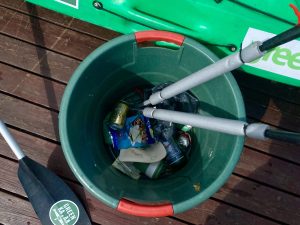
Each year, approximately 14 million tons of plastic waste is found in oceans across the globe. 80% of plastic comes from debris in rivers.
Weber-Anderson and Carstensen have expanded GreenKayak across Denmark and into several countries across Europe. With a recent opening in Tokyo, the duo hopes to garner the attention of individuals in striving for cleaner waterways.
“We are not here to clean up the oceans because it’s a ridiculous amount of work,” Weber-Anderson said. “We are here to let people see what’s out there.”
Sarah and I ended up collecting approximately half a bin of trash on our two-hour windy excursion. As we were standing on the dock, soaked from the waste down, we both were able to describe the afternoon with one simple word: fun. A fun “tour” and a fun memory.
Sydney Hood is a journalism major at the University of Georgia.



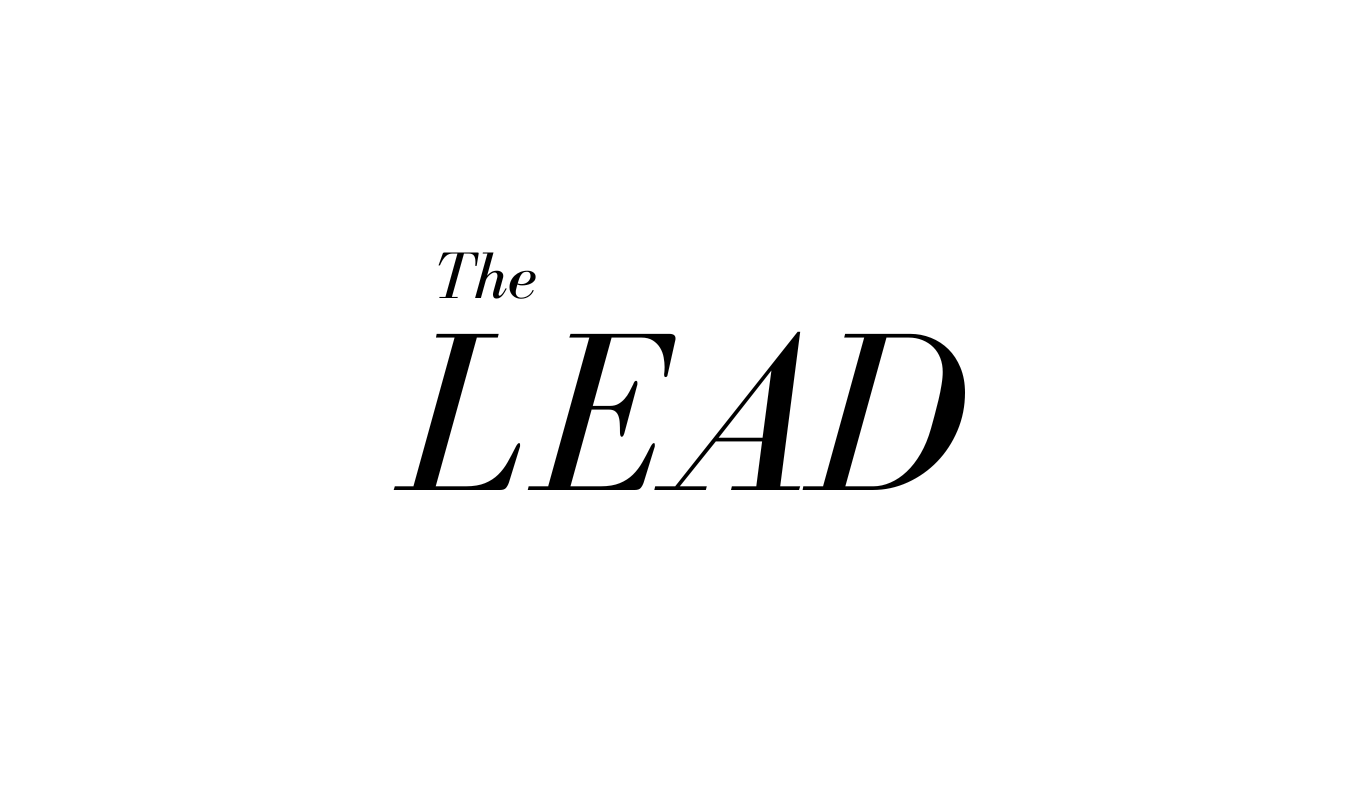

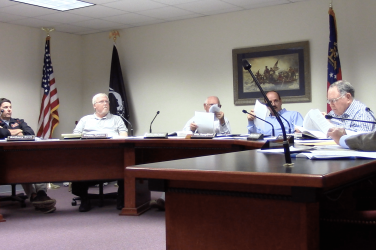
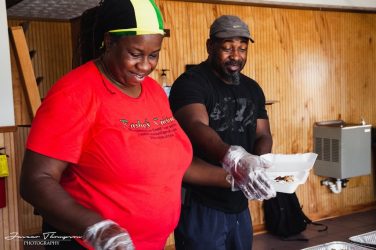


Show Comments (0)